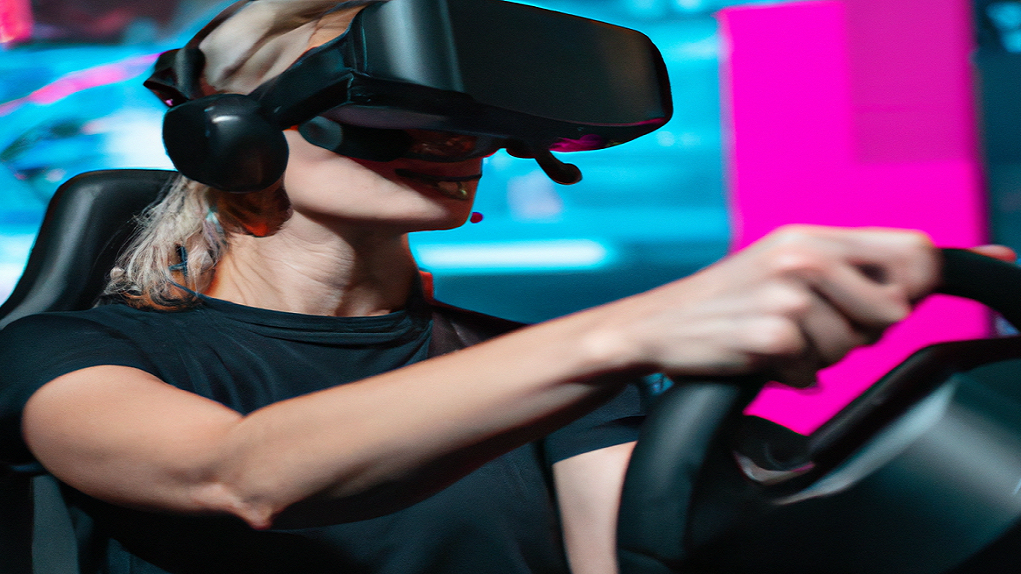Virtual Reality (VR) gaming has captured imaginations for decades, promising a truly immersive experience that transcends traditional flat-screen gaming. Yet, despite significant advancements in technology, VR gaming has struggled to achieve widespread adoption.
This blog delves into the key challenges hindering VR’s mainstream appeal and explores potential solutions that could pave the way for its future success.
Understanding the Roadblocks:
Cost and Accessibility:
High-end VR headsets can be prohibitively expensive, often costing several times more than traditional consoles. This creates a significant barrier to entry for many potential users. Additionally, VR setups often require powerful PCs, further adding to the initial investment.
Content Library and Game Quality:
Compared to the vast libraries of traditional games, VR offerings remain limited. While several high-quality VR games exist, the overall selection is smaller and may not cater to diverse gaming preferences. This limited choice can make it difficult for potential users to justify the investment in VR hardware.
Motion Sickness and User Comfort:
VR experiences can induce motion sickness in some users, especially during fast-paced games or due to factors like latency and field of view limitations. This can significantly detract from the gaming experience and discourage continued use.
Social Interaction and Multiplayer Limitations:
Traditional gaming thrives on social aspects like online multiplayer experiences. VR experiences, while offering some multiplayer options, often lack the same level of seamless interaction and engagement found in traditional games. This can limit the appeal for social gamers.
Limited Physical Space Requirements:
Setting up and playing VR games often requires dedicated space to move around freely without the risk of bumping into objects. This can be challenging for users with limited living space, further hindering adoption.

Strategies for a Brighter VR Future:
Addressing the Price Point:
Manufacturers need to develop more affordable VR headsets and explore alternative hardware options that cater to different budgets and user preferences. This could involve budget-friendly headsets with slightly lower specifications or exploring mobile VR solutions that leverage existing smartphone technology.
Expanding Content Libraries:
Developers need to prioritize creating high-quality, diverse VR game experiences that cater to a wider range of genres and interests. This not only involves developing new games but also exploring ways to port existing popular titles to VR platforms, ensuring a wider selection for potential users.
Combating Motion Sickness:
Research and development efforts should focus on continuously improving VR technology to minimize factors that contribute to motion sickness. This includes advancements in display refresh rates, field of view, and software optimizations to create smoother and more comfortable experiences.
Enhancing Social Interaction Features:
Developers should prioritize creating robust and engaging VR experiences that foster social interaction and collaboration. This could involve innovative multiplayer features, virtual spaces for socializing, and seamless voice chat functionalities.
VR Beyond Gaming:
Exploring non-gaming applications of VR technology can broaden its appeal and user base. This could include applications in education, training, fitness, and even virtual tourism, showcasing the diverse potential of VR beyond entertainment.
Conclusion:
VR gaming holds immense potential to revolutionize the gaming landscape. However, overcoming the challenges of cost, content, user comfort, social limitations, and physical space requirements remains crucial for achieving mainstream adoption. By implementing innovative solutions, focusing on user needs, and exploring diverse applications, VR technology can pave the way for a more immersive and engaging future for everyone.
















Add Comment